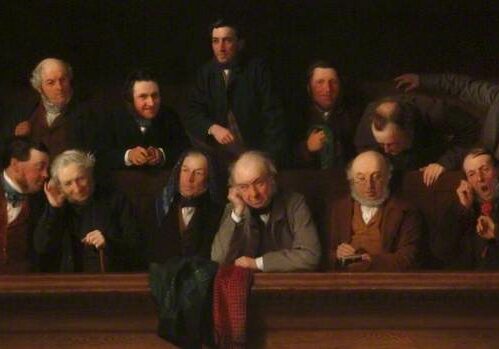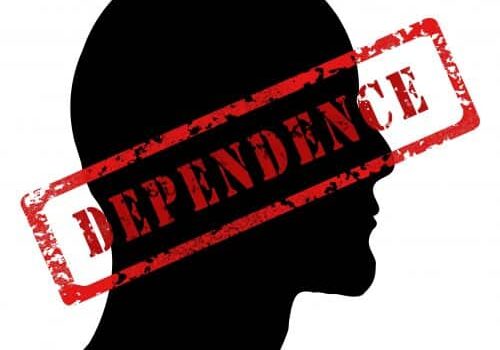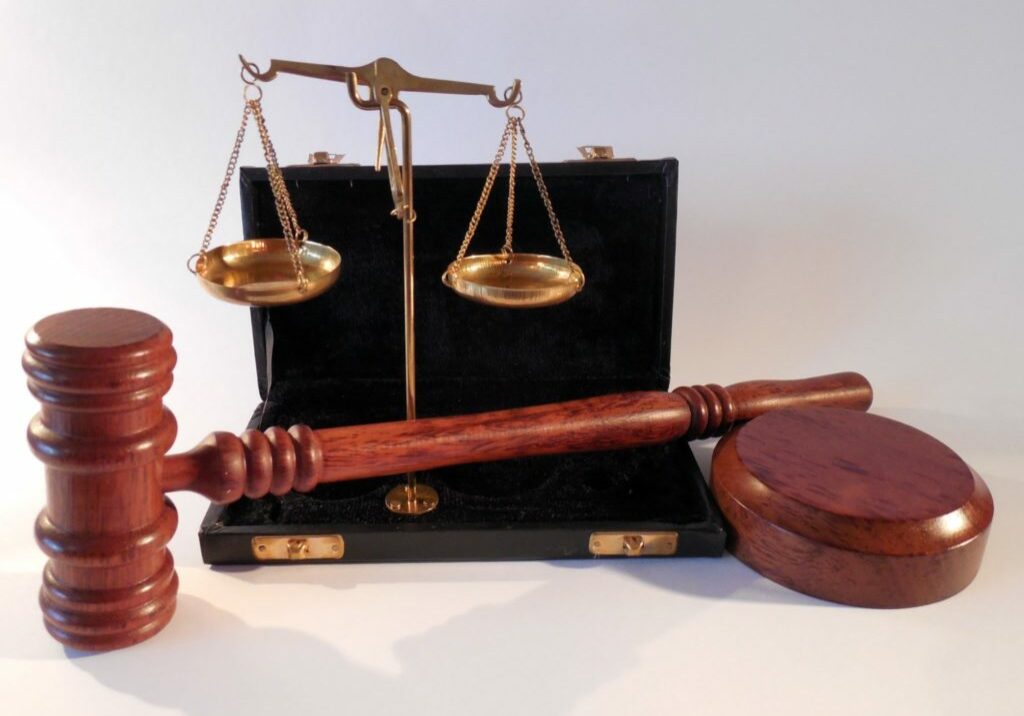Elements of Attempted Illegal Reentry After Deportation
8 USC 1326 makes it illegal for any alien to reenter the United States after being deported. In order to be found guilty, a person must have the intention to reenter the United States and do so free from official restraint. There can be serious consequences for illegal reentry after deportation. One such case is of Rosario Vazquez-Hernandez where he frequently entered the pre-inspection area of a U.S. border crossing after being deported.
Illegal Reentry After Deportation
In United States v. Vazquez-Hernandez, defendant Rosario Vazquez-Hernandez was charged with attempted illegal reentry after deportation. The defendant earned money washing car windows and frequently entered the pre-inspection area of a U.S. border crossing for this purpose. The inspection station lies on U.S. territory. Individuals entering this inspection station from Mexico must enter U.S. territory prior to inspection by officials. It is not uncommon for vendors and window washers, who are on foot, to enter the northbound vehicle lanes.
This pre-inspection area is monitored by "hundreds of U.S. government cameras." In addition, law enforcement agents stationed at the border and armed with automatic rifles can screen individuals entering the pre-inspection area and prevent their entry. Sometimes these agents will attempt to arrest individuals who they believe "do not have legal status within the United States," without inquiring as to their intent to enter the United States beyond the pre-inspection area.
Previous to his arrest and conviction in 2014, the defendant had been removed from the United States three times and on one occasion convicted of illegal reentry. Around the time of his 2014 arrest, Vazquez-Hernandez was entering the pre-inspection area on a regular basis to wash windows. On April 5, 2014, two agents saw the defendant on the surveillance cameras and became suspicious of the defendant's intentions and arrested him.
Elements of Illegal Reentry After Deportation
Vazquez-Hernandez was charged with illegal reentry after deportation in violation of 8 USC 1326. The district court instructed that the following elements of illegal reentry must be "proved beyond a reasonable doubt":
- The defendant was removed and/or deported from the U.S.;
- The defendant had the conscious desire to enter the U.S. without consent;
- The defendant was an alien at the time of his attempted reentry into the U.S.;
- The defendant had not obtained consent from the Attorney General or the Secretary of the Department of Homeland Security to reapply for admission to the U.S.; and
- The defendant did something that was a substantial step toward committing the crime.
The only element at issue in the case was intent.
Jury Instruction
The defendant in United States v. Vazquez-Hernandez appealed his conviction of attempted illegal reentry after deportation on the grounds of insufficient evidence. The defendant also noted improper jury instruction.
After the jury was instructed on the elements of attempted illegal reentry, jury members inquired as to whether the element of intent to stay in the United States was included as a requirement. The jury was referred back to the instructions with no further clarification.
Although the defendant didn't directly challenge the jury instruction on appeal, erroneous instruction was part of his argument that "no jury could have determined that he entered the United States free from official restraint." Due to the instruction's plain error to inform the jury of the essential elements of the offense, the court chose to address the issue.
Attempted illegal reentry after deportation under 8 USC 1326 is a specific intent crime. It requires proof beyond a reasonable doubt that Vasquez-Hernandez specifically intended to reenter the U.S. without consent. According to United States v. Lombera-Valdovinos,"an alien has not entered the United States under section 1326 unless he does so 'free from official restraint.'" This means that the defendant had to have the specific intent to enter the country free from official restraint. Since this was not included in the instruction to the jury, it is a plain error.
In this case, "free from official restraint" was an element especially important due to the circumstances. Because the defendant was in the pre-inspection area washing windows and that area happened to be across the U.S. border, combined with the defendant's assertion that he had no intention of crossing beyond the inspection points, creates some ambiguity about his intent under the law.
Error's Effect on Substantial Rights
The omitted portion of the instruction regarding freedom from official restraint affected the defendant's substantial rights. While bringing its case, the prosecution indicated that entering the pre-inspection area within the U.S. even with the intent to wash windows and return to Mexico constituted "entry" and satisfied the intent element of illegal reentry after deportation.
According to the court:
"The official restraint doctrine was intended to safeguard the presence of uninspected immigrants in precisely the type of area in to which Vazquez-Hernandez entered and where he remained. The freedom from official restraint requirement addresses the practical concern that failing to require such a finding would lead to the criminalization of individuals who arrive at a port of entry but have not yet had an opportunity to apply for inspection."
Furthermore, the level of surveillance the pre-inspection area was under made it unlikely an alien in this area was free from restraint. Lastly, the defendant was not "free to go at large within the United States," which is the touchstone for determining the free from restraint element of illegal reentry after deportation. All of this combined with the jury's question to the judge show that the focus was on the defendant's presence in the pre-inspection area and not on his intent to enter the U.S. past the inspection points. The erroneous instructions allowed the jury to rely on an erroneous theory and affected the defendant's substantial rights.
"Therefore, given this evidence on the conditions of the pre-inspection area, no rational jury could have concluded beyond a reasonable doubt that Vazquez-Hernandez was free from official restraint in this area, or that he intended to be by entering it," said the court. The court concluded that the instruction amounted to plain error and reversed.
The court also found that there was insufficient evidence that Vazquez-Hernandez "intended to go beyond the pre-inspection area so as to be free to go at large and at will within the United States." His conviction for attempted illegal re-entry was accordingly reversed.
Recommended for you
Ex Parte Communications By Judge With Jury Required Reversal Of Convictions
At Martin Bradley III’s trial for racketeering, mail fraud, wire fraud, and money laundering, the district court had two ex parte communications with the jury. Bradley’s defense lawyers did not become aware of notes until after his appeal. Bradley filed a 2255 motion arguing, in addition to other things, that the court had violated Rule…
Drug Treatment And Vocational Training Improper Sentencing Considerations
Christopher Thornton moved for a downward variance at sentencing arguing, among other things, that “in-prison treatment during the proposed thirty-eight months would help mitigate any potential risk he posed to the community.” The district court denied the motion, but in doing so said that Thornton had “mental-health issues, and he needs drug treatment” and that…
Amendment 782 Motion Reconsideration
Reinaldo Rivera moved for 18 U.S.C. § 3582(c)(2) relief based on Amendment 782 to the Guidelines, commonly known as “drugs minus 2.” The district court granted the motion and reduced his sentence to 420 months from LIFE. But in doing so, the district court believed Rivera’s mandatory minimum was 30 years for his CCE conviction.…




